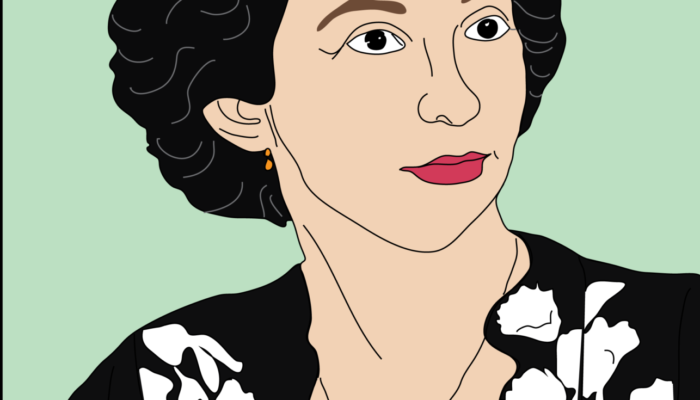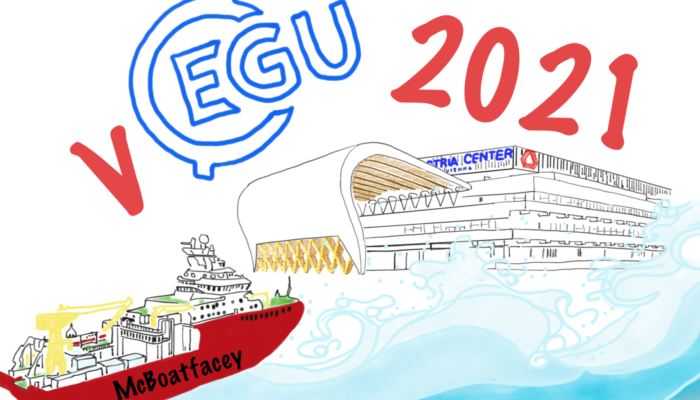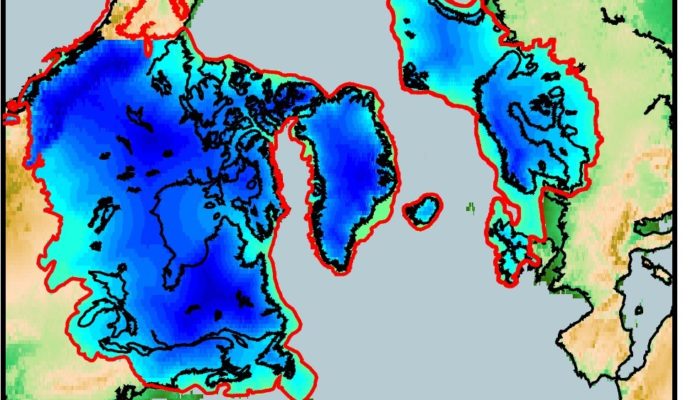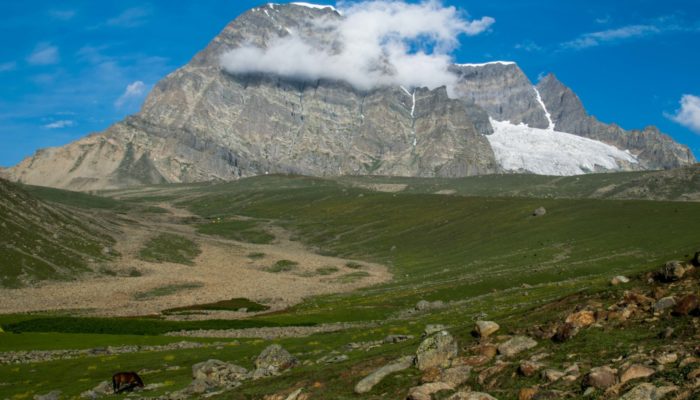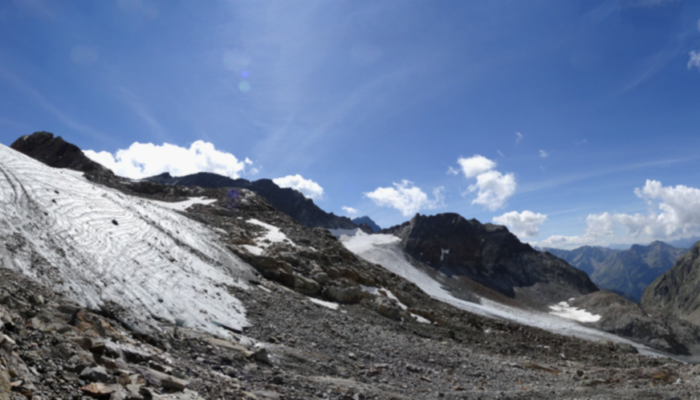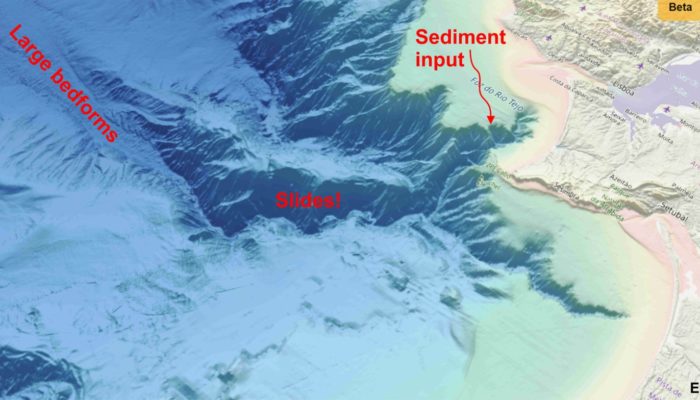Josefa Cuevas Sansores was born on the 24th of March, 1920 to Andrea Aguilar Argüello. Andrea was a professor herself and graduated in 1929 specializing in ‘Instrucción Primaria Inferior y Superior’. She used the knowledge she had gained during her studies to found several kindergartens in Yucatán, one still carrying her name). Josefa had three older sisters, two of which became school teachers, w ...[Read More]
Geochemistry, Mineralogy, Petrology & Volcanology
The *real* mineral cup: wavellite vs. kernowite / devon versus cornwall
Kernowite: In November 2020, approximately two major world events occurred. Firstly, Joseph R. Biden Jr. and his dog Major were elected as the 46th president and president’s dog of the United States of America. Secondly, the International Mineralogical Association approved a new mineral, kernowite, Cu2Fe3+(AsO4)(OH)4⋅4H2O, which was described by M. Rumsey from the Natural History Museum in L ...[Read More]
Seismology
Join the Seismology EGU Slack group!
Less than a month to go to until EGU. Are you getting nervous about your blank poster draft? Is there a glimmer in your eyes thinking about the upcoming vEGU and do you have the urgent need to share it with somebody? Are you worried about whether you should use a .pptx, .odt or .pdf for your presentation? Do feel overwhelmed about the numerous sessions, talks, posters and activities? Are you unsu ...[Read More]
Climate: Past, Present & Future
Reconstructing ice sheets and topography of the past
One of the most profound consequences of past climate changes are the geologically rapid (<100,000 year) changes in global topography. For thousands of years, large ice sheets, similar to what currently exists in Greenland and Antarctica, waxed and waned on North America and Europe. Only 20,000 years ago, if you were sitting in the middle of Canada or Sweden, you would be under thousands ...[Read More]
Tectonics and Structural Geology
Mind your Head: An introduction to Workplace Bullying in Academia
Understanding workplace aggression is a complex matter, and many questions arise when trying to tackle the issue. For instance, which acts and behaviours classify as workplace aggression, and when does something become workplace bullying or mobbing? How can you recognize if you or a co-worker/friend are the target of workplace aggression? How can you protect yourself and/or support others? What ca ...[Read More]
Geodynamics
Modelling the deformation in the Indian plate and the India-Eurasia collision zone
A complete fluid dynamical approach of modeling the Earth’s deformation can not provide a complete picture due to presence of rigid lithospheric plates. In this week’s news and views, Srishti Singh, scientist at National Geophysical Research Institute, India, explains how coupled models of lithosphere dynamics and mantle convection are developed. The ongoing collision of the Indian plate wi ...[Read More]
Natural Hazards
Floods in the Anthropocene: the good, the bad and the ugly
The interplay between human societies and floods dates back to Old World civilizations. Floodplains have provided the potential for prosperous agriculture and for the development of organised communities and urban cultures. Contextually, flood events have caused millions of fatalities and invaluable economic losses throughout history. Over the past decades, human activities have increasingly alter ...[Read More]
Geodynamics
The Sassy Scientist – The Web of Influence
Despite finishing his experiments and writing up his thesis during a pandemic, Markus wants to keep climbing the academic pyramid. Reflecting on some of his choices during his PhD, he now asks: I didn’t spend anytime building my network during my PhD. Can I get a postdoc? Dear Markus, Of course! Academia represents the pursuit of scientific knowledge and the expansion of our collective under ...[Read More]
Cryospheric Sciences
Climate Change and Cryosphere – What can we learn from the smallest, most vulnerable glaciers in the Ötztal Alps?
The Alps were the first mountains to be studied from a glaciological point of view in the 19th century and they host some of the most studied glaciers of Earth. Some of them are found in the Central Alps and in particular, the Ötztal Alps. Just to cite the most known and largest glaciers in this Alpine sector, we can mention Hintereisferner or Vernagtferner. But in the Ötztal Alps you can also fin ...[Read More]
Stratigraphy, Sedimentology and Palaeontology
Sediment in the deep ocean, Part 1: flows that shape the seafloor.
Most of us know about the existence of waves and tides. We can see them along our coasts and, even if we do not pay much attention, we also know that waves and tides move sediment that rests on the seafloor: sand, mud, shells and…plastics. We all can see ripples and small channels on beaches or estuaries created by the movement of water from waves and tides. If we scuba dive down to a few tens of ...[Read More]

